Most of the year, coyote brush (or chaparral broom, Baccharis pilularis) can be recognized by its bright green foliage. In the fall, however, plants are covered with white as the shrub releases thousands of tiny seeds, each carried away in the breeze by a delicate, silken parachute. Description from thenaturecollective.org
Home > Plant Guide >
Scientific Name
Family
Garden Type
Wildlife
Native Plant Region
Light needs
Water Needs
Plant Type
Bloom Color(s)
Height
Width
Months in Bloom
Safe Beneath Power Lines?
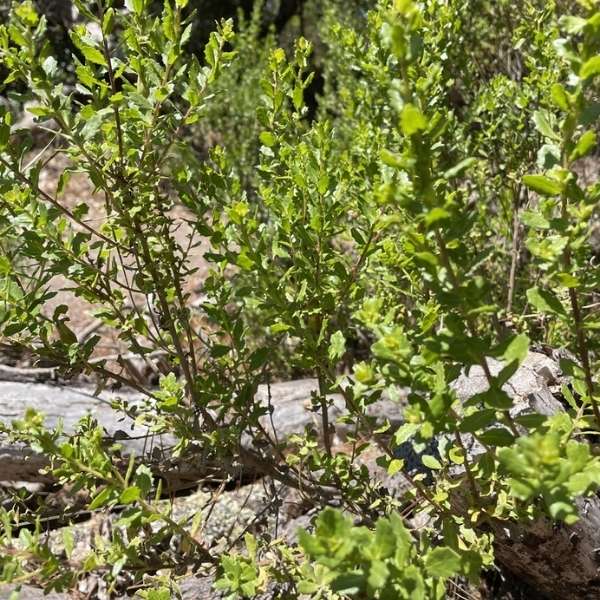
We’d like to maintain accurate and robust plant listings. If you see information that is not correct or that could be added to improve the listing, please let us know. Or if you’d like to suggest a plant to add to our plant guide, you can use this form do so. Thank you!
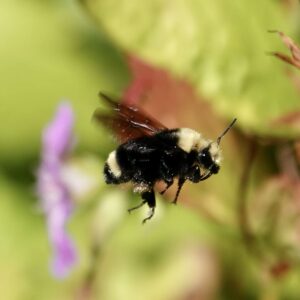
Look closer…and meet the local insects that pollinate the plants around your Seattle neighborhoods. Learn about some of our amazing native pollinating insects.
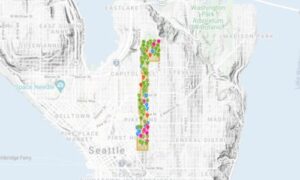
Get involved by sharing and mapping the birds, animals and nature around you to help the community understand the biodiversity in our neighborhood.
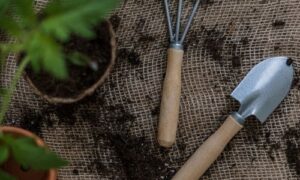
New types of vegetation can attract additional wildlife to an area. You might be surprised how a little green can go a long way!
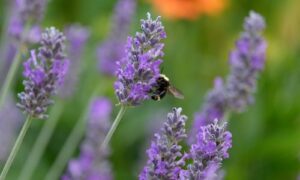
Check out our list of local wildlife-supporting plant stores and nurseries, organizations, and community science opportunities.
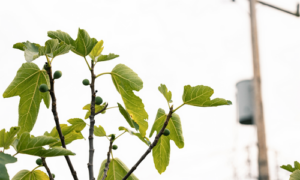
Learn about the diversity in pigeon populations in the United States and the implications of this variability on the species.
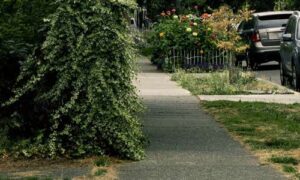
Start a garden in a planting strip along the street. Explore our interactive corridor map, find what to grow, and start nurturing today.
Nature of Your Neighborhood is a collaboration between Birds Connect Seattle, the Capitol Hill EcoDistrict, and the Seattle Bird Conservation Partnership. Our goal is to foster relationships between the people and the nature of their neighborhoods.